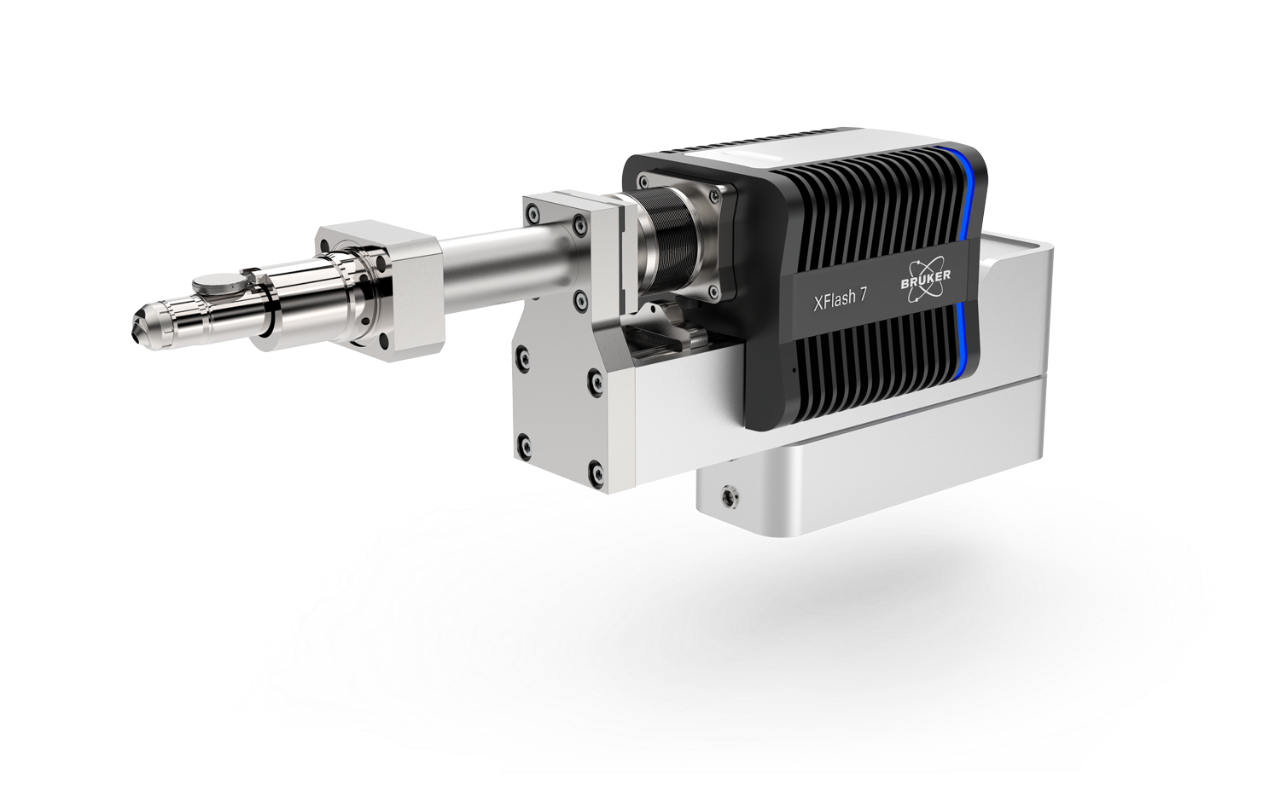

Elements of the cosmos: what STEM-EDXS can tell us about the history of materials of the Universe
Explore Elements with STEM-EDXS Technology
STEM-EDXS can be used to investigate minerals and organic matter from different times and different places of our Solar System and therefore help us understand the history of materials of the Universe. Join us for this one-hour webinar, featuring our guest speaker, Dr. Rhonda Stroud, research physicist at the US Naval Research Laboratory.
The processes by which old stars die, and new solar systems with habitable planets emerge can be studied through direct laboratory analysis of extraterrestrial rocks and dust. These astromaterials studies are most powerful when conducted as comprehensive coordinated analyses involving electron microscopy, secondary ion mass spectroscopy, and complementary microanalysis methods. Scanning transmission electron microscopy (STEM) with energy dispersive x-ray spectroscopy (EDXS) is a critical part of these astromaterials studies. Through STEM-EDXS, we can identify single impurity atoms incorporated into individual nanodiamonds, examine the condensation and cooling history of nanoparticles from stars, and distinguish similar cometary, asteroidal, interstellar, and terrestrial synthetic materials. This talk will discuss example STEM-EDXS studies of minerals and organic matter from different times and places in the Universe that help us understand our Solar System as we see it today.
Further reading:
Individual heteroatom identification with X-ray spectroscopy R. M. Stroud et al., APL 108, 163101 (2016), open access
XFlash® 6T-100 oval detector page
Who should attend?
- Engineers and scientists interested in the comprehensive analysis of unknown complex matter and the instrumentation needed to do that
- Students and professionals working in chemical analysis
Speakers
Dr. Rhonda Stroud
Research Physicist, US Naval Research Laboratory
Dr. Meiken Falke
Global Product Manager EDS/TEM, Bruker Nano Analytics
Dr. Igor Németh
Application Scientist EDS, Bruker Nano Analytics
Watch this Webinar On-Demand
Please enter your details below to gain on-demand access to this webinar.
